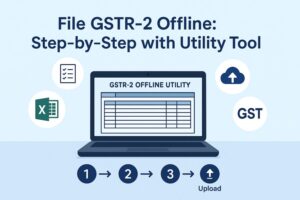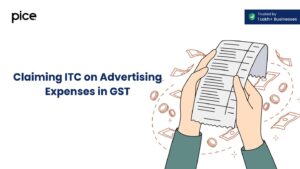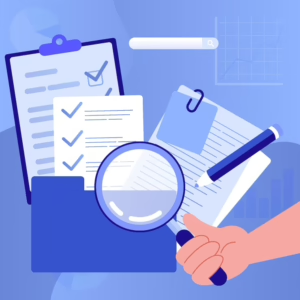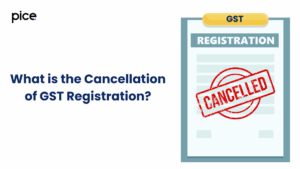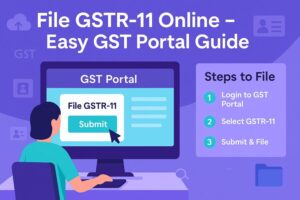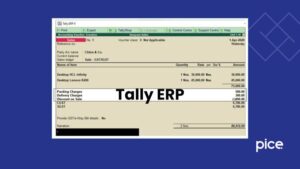Is Purchase Details Mandatory in GSTR 4?
- 5 Aug 25
- 6 mins
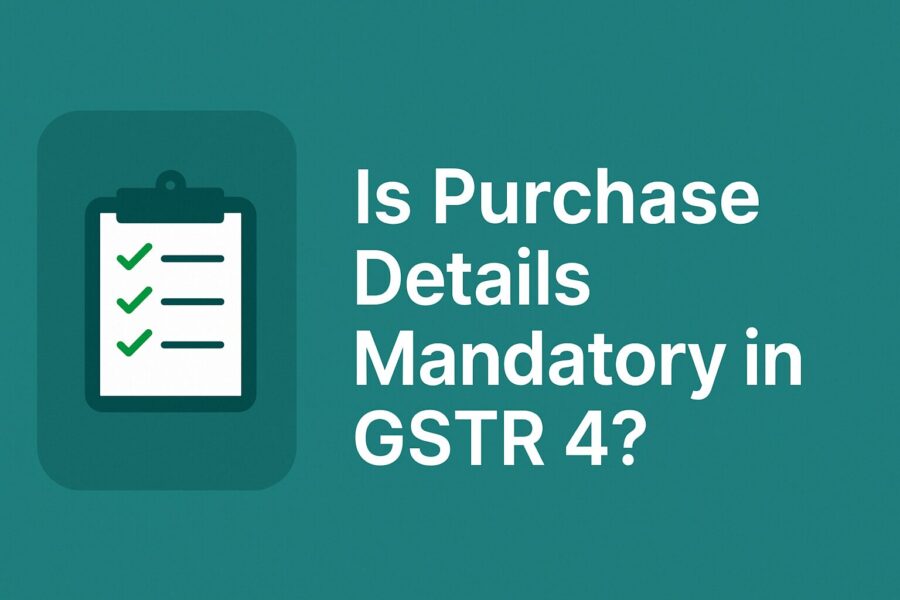
Is Purchase Details Mandatory in GSTR 4?
Key Takeaways
- GSTR-4 must be filed annually by composition taxpayers on or before the 30th of April following the financial year.
- The return is structured into 9 tables, including mandatory reporting of inward supplies under Table 4.
- Purchase details in Table 4A (from registered suppliers without reverse charge) became mandatory from Q2 of FY 2018–19.
- Auto-drafted purchase data now supports accurate entry of inward supply information in GSTR-4.
- Reporting inward purchases is crucial to ensure compliance and avoid errors in liability calculations or mismatches.
As a taxpayer under the composition scheme, one is required to furnish the Form GSTR-4 once a year, 30th of the month succeeding the financial year. However, there are certain bits of crucial information that need to be reported in this return. ‘Are purchase details mandatory in GSTR-4?’
This is a burning question on the minds of several composition dealers who are to file GSTR-4 returns annually. So, this blog is going to give you the answers you’re looking for!
Dive into the details of filing the GSTR-4 form and explore whether or not purchase details are a mandatory component of GSTR-4.
GSTR-4 Return Contents
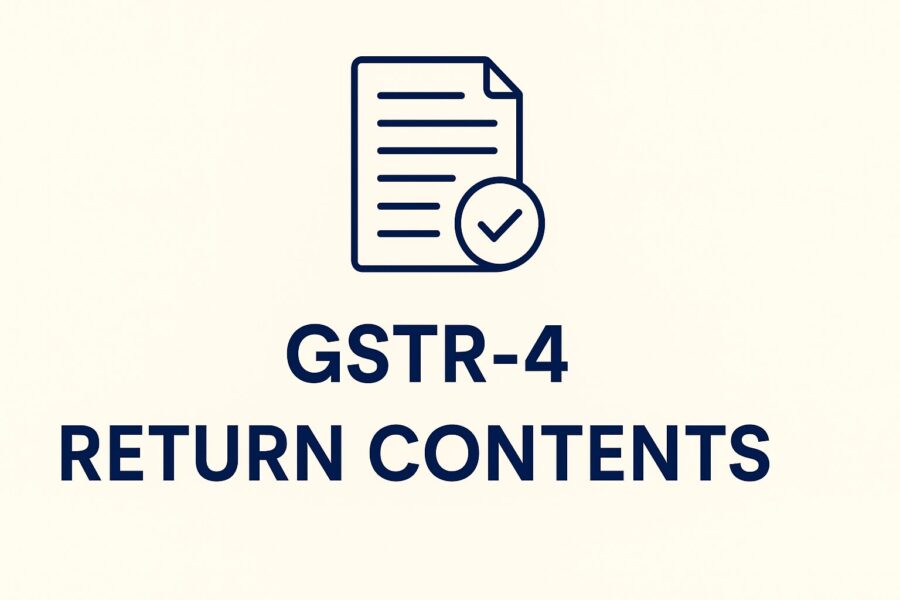
An overview of the contents of the GSTR-4 form is important to explore before getting into the nitty gritty significance of purchase details. The GSTR-4 is divided into 9 sections, including:
● The Basic Details (Table 1-3)
| Table | Details |
| GSTIN | The regular taxpayer's GSTIN should auto-populate at the return filing time. |
| Taxpayer Name | The legal name as well as the trade name will auto-populate at the return filing time. |
| Aggregate Turnover Information | The aggregate turnover from the previous financial year will be automatically filled in. Additionally, the ARN and its corresponding date will be auto-generated once the filing is completed. |
● Inward Supplies which Include on which Tax is Paid on Reverse Charge (Table 4)
| Table | Details |
| 4A: Supplies from registered suppliers (apart from reverse charge) | A normal taxpayer must provide information regarding all supplies as received from a registered supplier on which the reverse charge mechanism does not apply. |
| 4B: Supplies from registered suppliers (attracts reverse charge) | The regular class of taxpayers must provide information regarding all supplies as received from a registered supplier on which the reverse charge mechanism applies. |
| 4C: In the case of an unregistered supplier | A taxpayer must furnish details of all such supplies as received from an unregistered supplier. |
| 4D: Services Import | A taxpayer must provide information on all import services on which the tax rate applies due to the reverse charge mechanism. |
● A Summary of the Self-assessed Liability According to Form GST CMP-08 (Table 5)
The information will auto-populate in this table as per Form GST CMP-08. The Form GST CMP-08 is designed for making payments in every quarter of the year. The table shall consolidate the payment details of all the CMP-08 filed throughout the year (including inward supplies drawing a reverse charge, payment made on 'outward supplies' and tax rate wise details/interest paid).
● Tax Rate-Based Information of the Outward Supplies/Inward Supplies Which Draw Reverse Charge Throughout the Year (Table 6)
A taxpayer must provide information on all the outward supplies as well as inward supplies which attract reverse charge tax rate alongside the sum of taxable value. The CGST, IGST, SGST and Cess values shall auto-populate.
● Received TDS/TCS Credit (Table 7)
As the TDS/TCS credit is received from a supplier/e-commerce operator, the table shall auto-populate. The deductor GSTIN, the amount of deducted TDS as well as the gross invoice value will all be mentioned by the taxpayer, here.
● Tax, Interest, Payable Late Fee & Paid Ones (Table 8)
| Table | Details |
| Payable Tax Amount | It will auto-populate from Table 6. |
| Tax Amount that has been Already Paid | It will auto-populate according to Form GST CMP-08. |
| Payable Balance Tax | Note the difference between 1 & 2 mentioned above. |
| Payable/Paid Interest | The payable interest on late return filing as well as the actual interest paid shall be mentioned in this section. |
| Payable/Paid Late fee | The payable late fee applicable on the late payment of GST as well as the actual amount paid shall be mentioned in this section. |
● Refund Claimed from the Electronic Cash Ledger (Table 9)
If excess taxes have been paid, one can claim a refund via this table. This refund amount shall be sectioned into interest, tax, penalty fee and the rest.
Are Purchase Details Mandatory in GSTR-4?

In the case of composition dealers who are filing GSTR-4, providing information on inward supplies from the registered suppliers (excluding reverse charge supplies) is, indeed, mandatory in Table 4A. Note that this requirement was initially waived until December 2017; it was later extended until June 2018. The reason for the same was the non-access to the auto-population facility of inward supply details.
However, as there was an introduction of the auto-drafted purchases in the GST portal, composition dealers were then required to furnish such details in GSTR-4 Table 4A, starting quarters July-September 2018 onwards.
Conclusion
Understanding the structure of GSTR-4 is now easier for composition dealers. As per recent guidelines, are purchase details mandatory in GSTR 4 should no longer be a question. Dealers must report inward supplies from registered suppliers in Table 4A for quarters starting July–September 2018.
With auto-drafted purchase data available, providing accurate details is key to staying compliant and avoiding future discrepancies.
💡If you want to streamline your payment and make GST payments via credit card, consider using the PICE App. Explore the PICE App today and take your business to new heights.
 By
By 






